The adoption of digitalization in election processes has been slow according to Felista.
E-voting
The world is being driven by technology in this day and age. Technology has completely permeated all parts of existence. This has resulted in a movement to establish e-governments, in which all government functions are made available over the internet.
So far so good. Countries have implemented e-governments, allowing residents to pay taxes, open bank accounts, and even acquire prescriptions from the comfort of their own homes or anywhere they have access to mobile phones and the internet.
However, the adoption of digitalization in election processes has been slow. Voting is a process that touches on decision making, which bears much importance to individuals especially in choosing leaders. This factor has made countries hesitant to utilize existing e-voting systems.
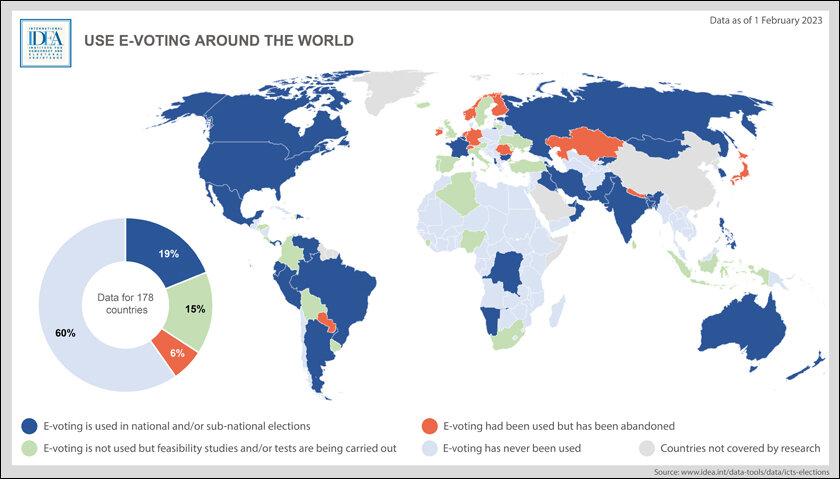
(Image Credit: International Institute for Democracy and Electoral Assistance)
As of February 2023, 19% of 178 countries embraced electronic voting. This demonstrates that more work needs to be done to persuade other countries, particularly in Africa and portions of Asia, of the advantages of electronic voting.
What is electronic voting?
The use of technology to conduct elections is known as electronic voting or online voting. Vote tallying and counting are handled through electronic systems. The voting mechanism makes use of mobile phones, computers, and specialized voting equipment that operate via the internet. This method was developed to address the issues that have long plagued paper-based voting methods.
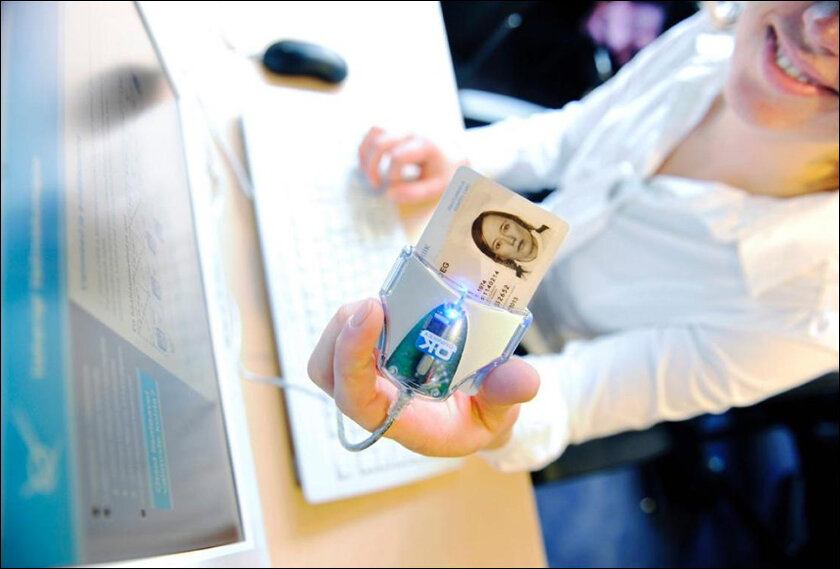
E-voting process
1. Registration and authentication
The first step in using a device is user registration. This is normally done to capture a voter’s details, including name, date of birth, and other credentials, to ensure eligibility. In the case of general or parliamentary elections, registration and authentication ensure that only individuals of the age stated by the country’s laws are allowed to vote.
E-voting technology has provided mechanisms through which individuals can be authenticated through the use of digital signatures, biometrics like face detection and fingerprints, and unique identification numbers such as the national Identification number or birth certificate number to verify the identity of the voter.
2. Ballot Creation
Here, ballots are generated electronically. It could either be a list of candidates or issues to be voted on. The ballot designs are easy to read and understand, clear, usable, and accessible to voters.
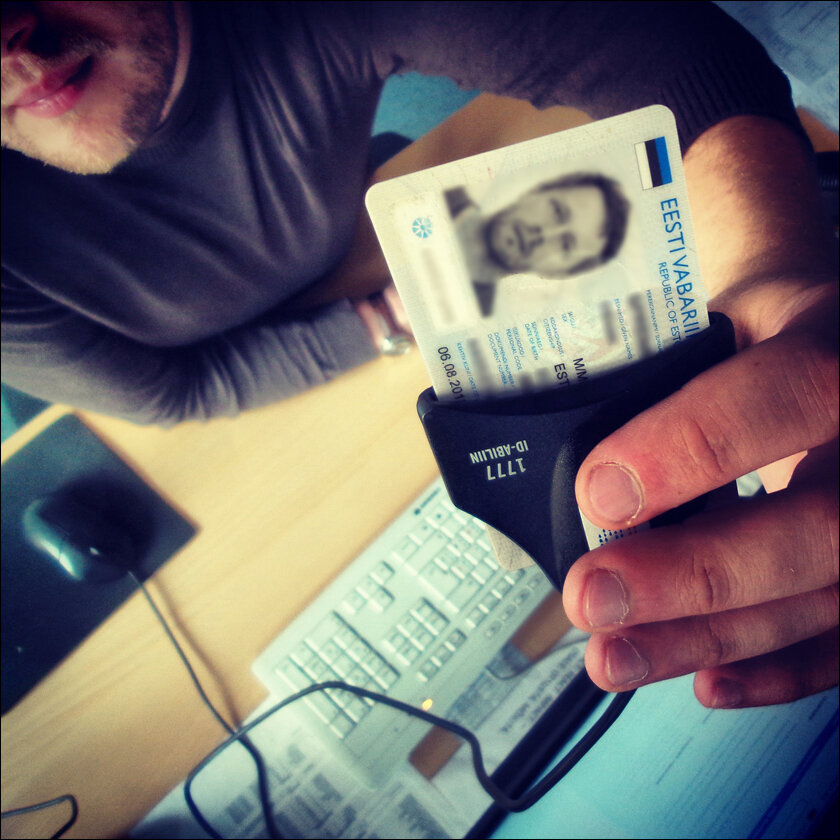
3. Casting votes
At this stage, voters access e-voting platforms such as a secure website, voting machines, or electronic kiosks. Voters interact with the system and make their choices by clicking on the options made available or selecting options through touch screens or keypads.
After selection, the system may either provide a prompt to indicate success in the voting process or provide a review screen to allow voters to verify their selections before submitting their votes.
4. Votes recording
Once the voter completes the voting by submitting the vote, the e-voting system records the votes securely through a set of predefined security mechanisms on the system. Some systems also generate a paper audit trail or receipt to allow for recounting or to keep track of the votes manually.
5. Vote transmission
This is an optional mechanism set in place when voting is done remotely. In this case, votes are securely transmitted from the e-voting system to a server, which stores them securely through encrypted channels.
6. Vote counting
The counting process is quite easy compared to the manual processes. Here, the e-voting system uses algorithms and software to count votes accurately and quickly. The system aggregates and tallies the votes and generates results. Some systems have the capability of generating reports that contain a summary of the results in real time.
7. Auditing and verification
E-voting systems provide mechanisms to audit and verify the voting process. This is done through the reports it generates and paper audit trails. This is helpful in tracking each vote counted to ensure accountability and integrity of the voting process. It also offers cryptographic mechanisms that confirm whether or not votes on the system were tampered with.
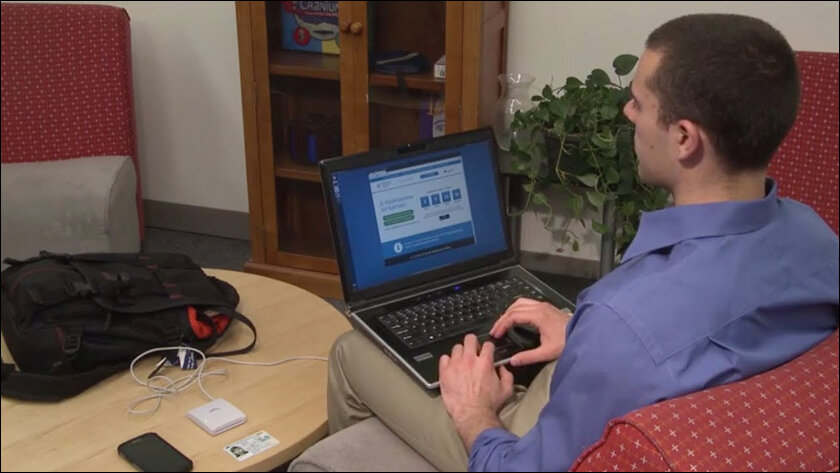
A Case study of Estonia
Estonia is a European country that is considered the pioneer of electronic voting. It adopted this technology in 2005, when voters were able to vote in legislative elections online. They have maintained their dominance in e-voting over the years. All their elections, from local and national parliamentary to European elections, have an e-voting component. Voters can download the voting system or access it via a computer and process it with electronic voting.
Estonia prides itself on a strong electronic identity system, which is a core building block of electronic voting. E-voting was also introduced at a time when there was not much thought given to the security and integrity of the e-voting systems. These factors have made E-voting successful in Estonia. Together with a track record of no single proven e-voting fraud, Estonians have continued to embrace electronic voting.
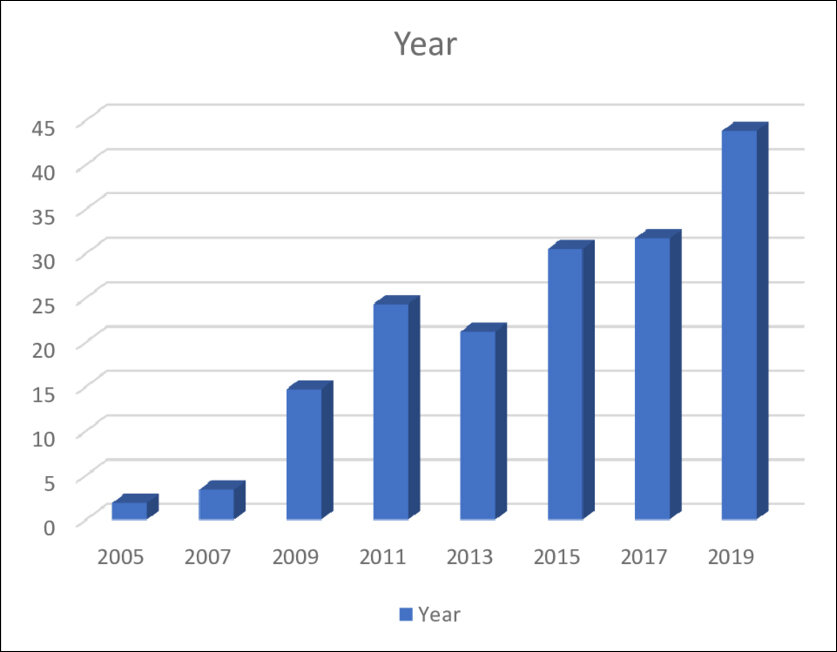
“More than 50 percent of ballots were cast online setting a new record” said Err News. According to the Election Commission, in total, 313,510 citizens voted electronically smashing 2019 record of 247,232 e-votes. The outcome of these results signifies a great deal of trust that voters have on e-voting systems.
What’s next?
E-voting is taking shape in several nations throughout the world. Estonia is a strong example of e-voting success, and this plays a significant role in persuading other countries to adopt and reap the benefits of employing technology in elections. Technology has endless possibilities, and it is past time for governments to embrace e-voting systems because this is what the future holds for us.
In case you missed:
- None Found





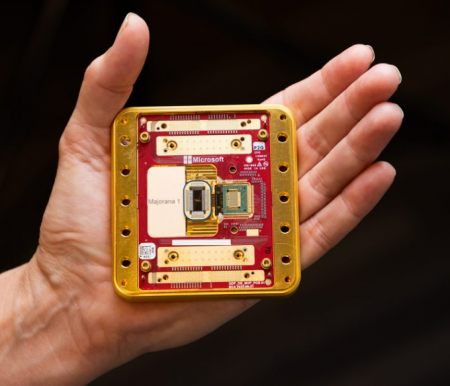




1 Comment
Great and fascinating information regarding gadgets that we love and use in our day to day lives. It is always great knowing the history behind things and you executed it well Felista. Great work!